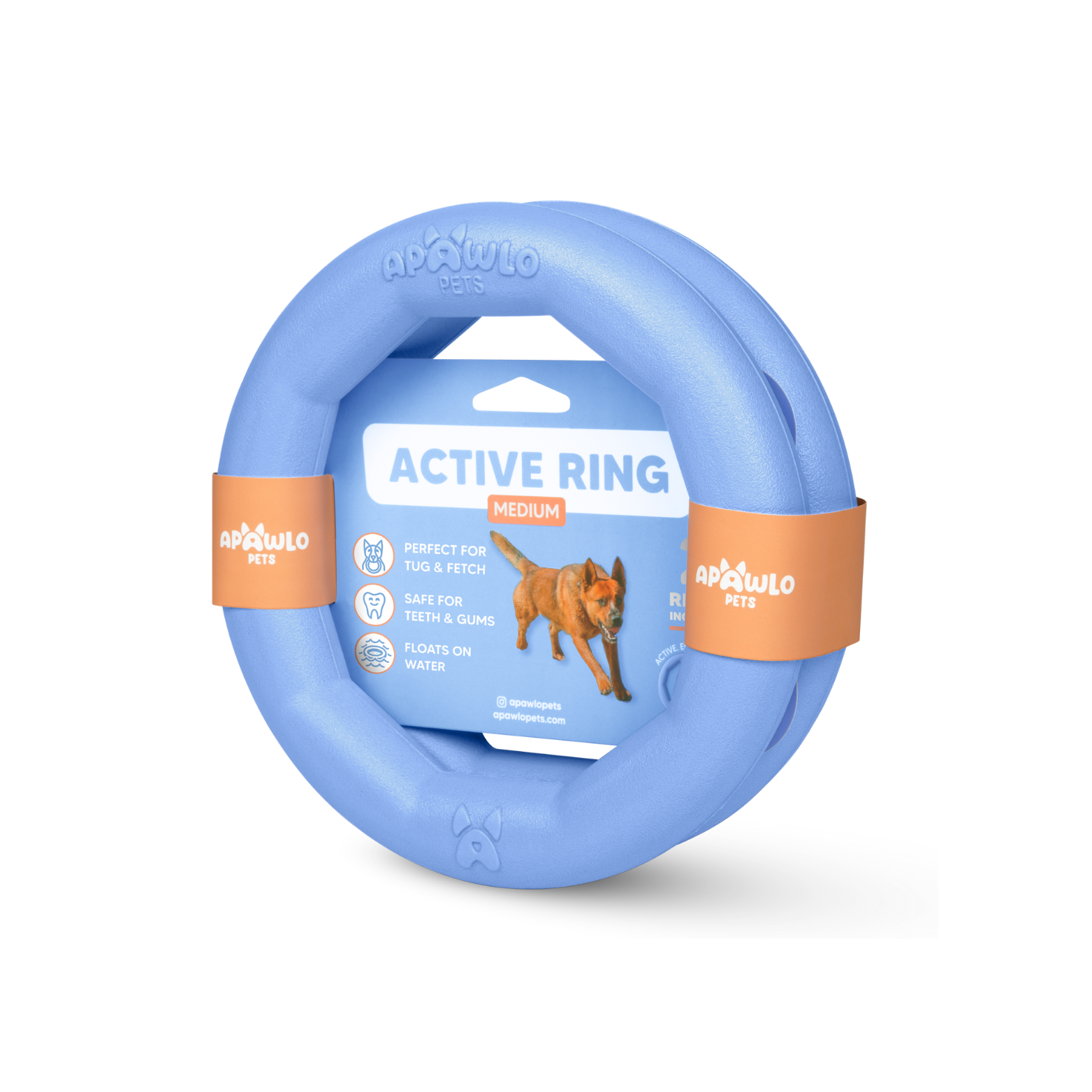Boost Your Dog Training with Effective Marker Systems
Choosing the right method for dog training can feel a little like navigating a minefield. There are so many differing opinions, and let’s be real, we all want what's best for our furry friends. That's where marker dog training comes into play. It's a positive and effective approach that has gained popularity amongst dog owners and professional trainers. This method offers a clear communication system that helps you and your dog work together. Marker dog training, at its core, focuses on reinforcing behaviours as they happen.
What is Marker Dog Training?
Marker dog training uses a specific sound or word, known as a marker, to pinpoint the exact moment your dog performs a desired action. This marker is like a snapshot, capturing the good behaviour for your dog to understand what you’re pleased with.
Once your dog understands the marker, you can effectively teach them a huge range of cues and commands using positive reinforcement. Some popular marker choices are:
- Clickers: The distinct sound of a clicker effectively cuts through any ambient noise and is easy to repeat. Clickers are pretty affordable too. Plus, since the sound remains consistent, which helps improve the rate of learning.
- Verbal Markers: Words like 'Yes.', 'Good.', or even 'Bingo.' can serve as verbal markers. You just need to keep your tone consistent. And you can follow those with more enthusiastic praise after you deliver the reward (not that praise is a reinforcer, and NOT a marker).
- Visual Markers: Visual markers are incredibly useful for training dogs who are deaf or hard of hearing. Consider using a consistent hand signal, such as a thumbs up.
Why is Marker Training So Effective?
You might wonder, why is marker training, whether a verbal marker or using a clicker, so effective for dogs? Because the marker precisely identifies and pinpoints the exact moment your dog gets it right. Your dog creates an instant association between a specific behavior and a positive reward like a treat or a toy, making him want to repeat it. It bridges the tiny, almost unnoticeable, delay between their action and the reward. But if there's too much time in between your dog sitting and you saying “good dog”, he may think he's being praised for something else entirely. As a rule of thumb, you want the time between your marker and your reward to be 1-2 seconds for optimal learning.
Getting Started with Marker Dog Training
1. Charging the Marker
It’s pretty easy to teach a dog that your marker, whether “yes” or a clicker, equals a tasty treat. First, load yourself up with 10-20 small training treats and use a treat pouch for easy access, so they're handy but not distracting your dog.
Next, say your marker word in a happy tone or click your clicker just ONCE. Instantly give your dog a treat. Be sure there’s a tiny, quick pause (remember, about 1-2 seconds) between the marker and treat - you want him associating the marker, not you reaching for treats, with getting rewarded.
Keep practicing and your dog will begin to anticipate a tasty treat when they hear the marker.
2. Training Behaviours
Once your marker is 'charged,' meaning your dog makes the connection between 'click = treat' or “yes = treat”, you can start teaching them certain behaviours. Remember, for successful marker dog training, focus on capturing or luring those behaviours at first. We’ll get into adding the verbal cue (the actual command) later. For now, you’re using the marker to reinforce those correct behaviours.
3. Luring
Think of luring as using food to gently guide your dog into a desired position, like a sit. You can hold a treat near their nose, and gently move your hand up and back to encourage them to lower their bum to the floor. As soon as their bum hits the floor you click or say 'Yes.', then deliver the treat. Luring is super helpful, but the trick is fading those hand movements once your dog starts to get the concept.
We want your dog working for your voice cue eventually. Dog training isn’t a magic trick. Consistency is what’ll help your pup master those behaviours.
4. Capturing
Have you noticed your dog already offering those “good behaviours” without being asked? Lucky you. That’s when capturing comes into play.
Say your dog naturally sits, be ready with your clicker or a bright 'Yes.' as their rear touches the ground. The key with capturing is to catch those desired actions as they occur naturally, this teaches your dog that offering those behaviours can get them rewards.
5. Adding the Cue
Once your dog can reliably perform the behaviour 90% of the time, it’s time to add that verbal cue or command. As you’re getting ready to lure your dog into a sit with a treat (as described above) say 'sit'. THEN, as soon as they perform that perfect sit you’re after, mark the behavior. Reward them and offer some positive reinforcement. You can say things like “good sit.”
Timing is so key here because we don’t want your dog only working off hand motions. And you know those dog treat pockets are often tempting for your dog. It might feel silly for us humans, but separating the command (your verbal cue) from the actual physical lure helps to fade out the treats in the future and avoids accidentally training your dog to only respond to bribes.
Important Tips for Marker Dog Training
1. Consistency is Key
Keep your chosen marker consistent—use the same sound, word, or gesture. Otherwise, your dog’s going to be confused. If several family members are training the dog, agree upon which marker(s) and rewards will be used.
2. Timing
Accuracy is everything when it comes to marker dog training. Be like a hawk eyeing its prey; mark those desired behaviours at the exact moment they occur to strengthen that connection for your dog. If your timing is too slow, your dog may not fully grasp why he's being rewarded and the entire method will backfire. Dog training sometimes takes some fine-tuning.
3. High-Value Rewards
Just like humans, different dogs love different treats. Figure out your pup’s personal favourites. A little treat test at home will tell you which are more motivating for him during training. Some popular choices are freeze-dried liver, bits of cooked chicken or hot dogs (use low salt, no sugar added if you’re making homemade). Those dry, crunchy biscuits are more likely to get left in the dust. Dog training should be fun and exciting for your pooch!
4. End Training Sessions on a Positive Note
Always keep training sessions upbeat and engaging for your dog. It's best to keep them short and finish with success and fun to leave him wanting more. You may even choose to end with a quick play session to alleviate any pent up frustration.
5. Manage Your Own Expectations
Every dog learns at their own pace, it’s a bit like each kid in school. Embrace your dog’s unique personality, and celebrate those victories - even the small ones!
Advanced Marker Dog Training
Once you've mastered basic cues with your dog you can transition into more challenging activities with your dog:
- Shaping & Successive Approximations: Want your dog to master those show-stopping tricks? Shaping is all about using your marker to break down complex behaviours into tiny steps and rewarding those approximations to get them to that desired outcome.
- Fading Lures & Rewards: You may think “wait, I have to carry around a treat pouch for the rest of my life?” Nope. After your dog’s had success and masters cues you’ll begin phasing out the lures by progressively reducing them until your dog’s primarily working off verbal commands. You'll also want to consider moving to an intermittent schedule of reinforce, which means you don't reward every rep - doing this with strength the behaviour in the absence of treats, and make it less prone to extinction. That doesn’t mean they never get treats again!
- Randomly sprinkle in those high-value rewards for well-performed actions, keeping them excited, happy, and working hard with you, whether you’re at home or in class. And, because this marker system gives them clear communication you’ll always have a way to train effectively and happily with your pooch.
If you find yourself feeling overwhelmed or want professional dog training help, trainers can help you tailor the learning process specifically to your dog’s breed, personality, and training goals. They can help make that transition into the wonderful world of marker dog training less daunting and even more rewarding.
Conclusion
The essence of marker dog training isn’t about bribery. It's a language, a dialogue with your dog built on respect, clarity, and consistent positive reinforcement. If you embrace that and dedicate yourself to it you will be amazed at the communication you build together.
You can find more information and guidance on marker systems and how to set them up in our Back to Basics: Dog Training Planner.








